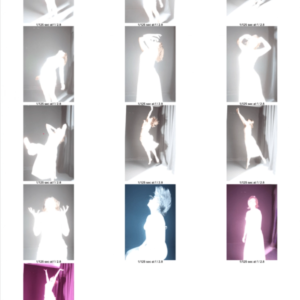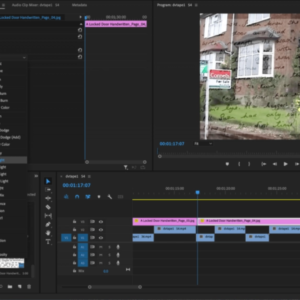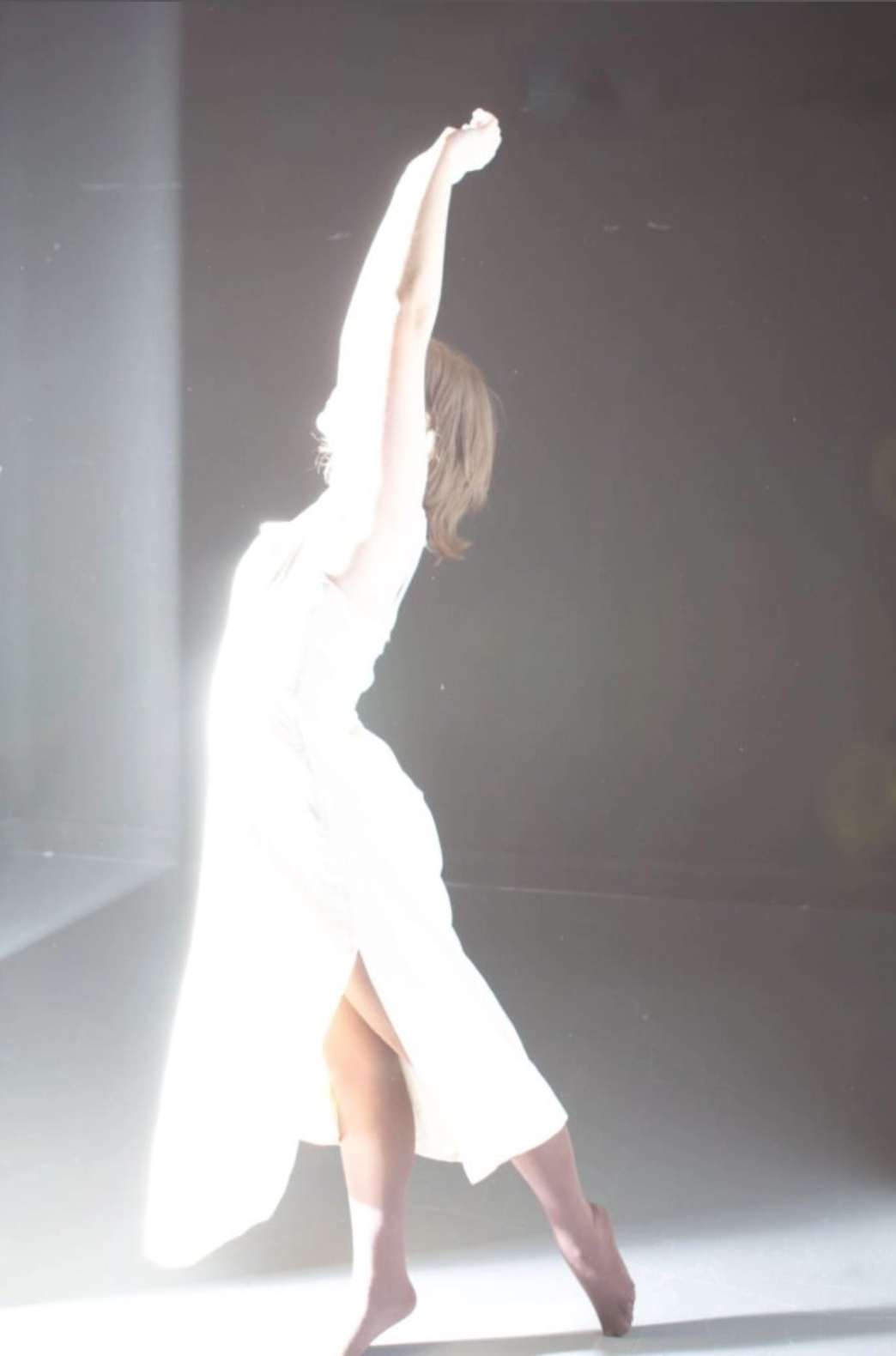Mona Hatoum | Artist Research
Mona Hatoum was born in Beirut, Lebanon, to Palestinian parents who had fled their previous home in Haifa due to political unrest in 1948 and came to Beirut to start a new life. She showed an interest in art early on during her childhood, but her parents were not supportive of her aspirations of creating a career of being an artist. Nonetheless, she taught herself by reading European paintings from books, studying graphic design at Beirut University College in Lebanon for two years, and then working at an advertising agency. Unfortunately, despite her success in gaining a job as a graphic designer, she was unsatisfied with the work she produced during her time there. She decided to travel to London in 1975 to invigorate her work. However, during her trip, Lebanon broke out in war; she was forced into immediate exile, separating her from her family back home (Mona Hatoum Biography, Life & Quotes, no date). In 1981, Hatoum managed to have a brief family visit with her mother in war-torn Lebanon, and the visit informed her performance piece (Jlarson, 2011), Measures of Distance, which she created during an art residency at Western Front Art Centre, Vancouver (Tate, no date).
Hatoum states what her intention was when creating her performance piece, stating,
“Although the main thing that comes across is a very close and emotional relationship between mother and daughter, it also speaks of exile, displacement, disorientation and a tremendous sense of loss as a result of the separation caused by war. In this work I was also trying to go against the fixed identity that is usually implied in the stereotype of Arab woman as passive, mother as non-sexual being the work is constructed visually in such a way that every frame speaks of literal closeness and implied distance.” (BRETT, Guy. 1997. Mona Hatoum London: Phaidon.)
In a fifteen-minute video, Hatoum’s mother’s nude form is displayed with her handwritten letters in Arabic addressed to her daughter superimposed on top of these skills. Hatoum captured her mother’s nude images during her brief trip to Lebanon, where she photographed her mother whilst in the shower. The audio for the video is a combination of taped conversations between Hatoum and her mother speaking in Arabic and an English translation of Hatoum’s letters. The taped conversations depict her mother freely talking about her emotions, sexuality, and fear of her husband’s protests to Hatoum intimately photographing her nude body.
From this video, the viewer can observe the intimate bond between mother and daughter that still has not broken during their years of separation and the melancholy happiness of their reunion that will be inevitably short-lived. This performance piece emotes many varying complex emotions about their experiences of being separated, living in a war zone, and being exiled from their home. These various traumatic situations can lead to being extremely disoriented about where one is meant to belong, in a limbo state between being exiled and a migrant in a racist country. A child separated from their parents can create a severe new trauma, and parents can “induce anguish, despair, guilt, blame and depression in the parents”(Stanford University, 2018).
Another one of her aims was to fight back against a stereotype perpetuated in Western and middle eastern countries of desexualising women, especially mothers. I appreciate how Hatoum empowers her mother to reclaim her sexuality as her possession rather than let society’s expectations or her husband dictate how she chooses to present herself. In my work, I want to empower my mother as well by presenting her side of how she felt when separated from me as she has constantly been silenced by either my father or her family members, so I intend to layer my mother’s story over a clip of myself as a child to evoke empathy in the viewer for my mother’s situation when she was separated from me when I was only a child.
Bibliography:
B. A., P. and H. (no date) Timeline of the Lebanese Civil War From 1975-1990, ThoughtCo. Available at: https://www.thoughtco.com/timeline-of-the-lebanese-civil-war-2353188 (Accessed: 12 April 2021).BBC News (2018) ‘Lebanon profile – Timeline’, 25 April. Available at: https://www.bbc.com/news/world-middle-east-14649284 (Accessed: 12 April 2021).Brett, G. (1997) Mona Hatoum. London: Phaidon.Jlarson (2011) ‘Art 129: An Exploration of New Media Art: Mona Hatoum, Measures of Distance, 1988’, Art 129, 3 February. Available at: http://artonetwentynine.blogspot.com/2011/02/mona-hatoum-measures-of-distance-1988.html (Accessed: 12 April 2021).Measures of Distance (no date). Available at: https://www.wmm.com/catalog/film/measures-of-distance (Accessed: 12 April 2021).Mona Hatoum Biography, Life & Quotes (no date) The Art Story. Available at: https://www.theartstory.org/artist/hatoum-mona/life-and-legacy/ (Accessed: 12 April 2021).Tate (no date) ‘Measures of Distance’, Mona Hatoum, 1988, Tate. Available at: https://www.tate.org.uk/art/artworks/hatoum-measures-of-distance-t07538 (Accessed: 12 April 2021).University, S. (2018) The psychological impact of early life stress and parental separation, Stanford News. Available at: https://news.stanford.edu/2018/06/26/psychological-impact-early-life-stress-parental-separation/ (Accessed: 12 April 2021).




